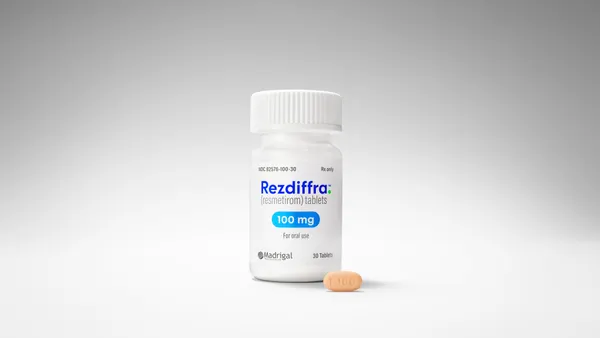Letter from the Editor VIEW on Marketing S e p t e m b e r 2 0 07 The AHF took issue with Pfizer’s most recent campaign for Viagra, pointing to recent marketing programs, such as a series of holi� day�themed print ads and, most recently, the “Viva Viagra” campaign, which the organiza� tion says promotes unsafe sex by marketing the drug as a “party drug,” encouraging its recreational use. Given that the party for DTC soon may be over, or at least heavily chaperoned, mar� keters need to start to think of alternative ways to reach their audiences. Some companies are cautiously investigat� ing the use of some emerging media, such as online videos, flash�media Websites, Podcasts, and even social networks and blogs. Some experts say these new media, if used responsibly and within regulatory guide� lines, are a good way to build on the more traditional media, such as journal advertising, direct mail, and detail aids. And while this emerging new frontier of media options may have some marketers running for cover and wishing for the “good old days” (pick a decade, depending on your age), time moves on, and everybody — including regulators and industry watchdogs — will eventually have to come to grips with new ways of communicating. It may not be VivaViagra, but Web 2.0 and all that goes with it is here to stay. Taren Grom Editor Finding a marketing path In every industry there seems to be a push for more aggres� sive, multichannel, and inter� active marketing strategies. At its most basic, marketing is the process or act of bringing together buyers and sellers, and as Kate Guerriero aptly notes in the intro to this month’s Forum, this is just the start: keeping them together is a completely differ� ent, and sophisticated, story. Marketers face a great deal of competi� tion for the attention of physicians, con� sumers, and other healthcare stakeholders. And their attention�seeking tactics must com� ply with FDA regulations, PhRMA guidelines, and their own companies’ compliance codes. Direct�to�consumer advertising, one of the most popular forms of marketing today, could be in jeopardy if advocacy groups and other critics of the medium have their way. In August, the AIDS Healthcare Foundation (AHF), the United States’ largest HIV/AIDS healthcare provider, made a public statement to denounce DTC advertising by the pharma� ceutical industry. This came after an article published in the New England Journal of Medicine (NEJM) revealed not only an astro� nomical 330% increase in spending on drug ads over the past 10 years — $11.4 billion to $29.9 billion — but also the fact that despite the industry’s own recommendation to delay ads for new drugs most drug company ad campaigns for the most heavily promoted drugs begin within a year of FDA approval. According to the Aug. 16, 2007, NEJM article, “A Decade of Direct�to�Consumer Advertising of Prescription Drugs,” despite the more than tripling of DTC ad spending, regulation of the industry by the FDA has grown weaker instead of stronger. In fact, the drug industry and the FDA have come under fire over major miscues such as Vioxx and others cases in which heavily pro� moted drugs have turned out to have, at times, serious health risks. Traditionally, most DTC spending is focused on a small number of blockbuster drugs used to treat chronic conditions. Despite the major increase in drug industry spending on DTC, the number of regulatory actions taken by the FDA in the past 10 years has decreased dramatically. Taren Grom Effective methods of communication may work wonders with one targeted audience, but deliver lackluster results for another.
An article from


Letter from the Editor
Filed Under:
Commercialization







